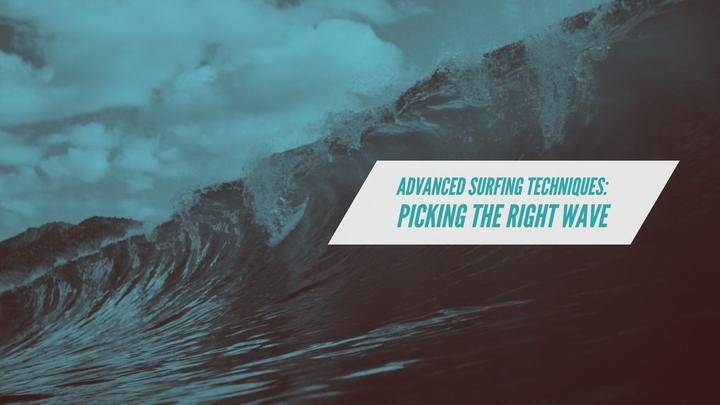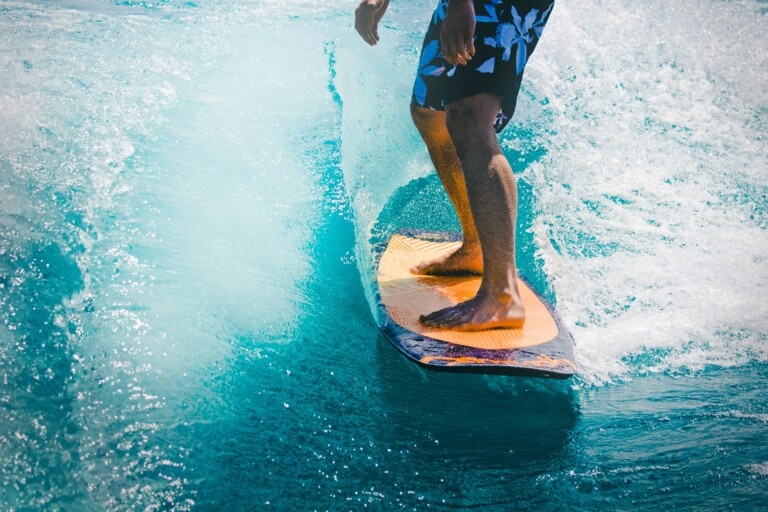Recent surfing statistics show that:
- There are nearly 23 million surfers worldwide.
- The height of the most massive wave ever recorded was 1,740 feet.
- The longest amount of time surfing one wave was 37 minutes.
The secret to better surfing is picking the right wave. The best surfers in the world have experienced thousands of waves in diverse ocean conditions. Whether you are a free surfer or a competitive athlete, continually expanding your repertoire of advanced surfing techniques is essential to improving your surfing.
As a surfer moves from whitewater waves to catching unbroken waves, the goal is to achieve the longest ride. Varied ocean topography means that waves have different breaking features. The ocean cues to look out for when picking the best waves are:
FLAT SWELLS
Waves that are flat in appearance and too far away from the peak are called flat swells. They haven’t built up adequately for a surfer to ride, which means that a surfer not only wastes energy and effort but is also out of position for the next wave. Surfers can suffer wave breaks on their heads and should avoid leveled wave lines.
PITCHING WAVES
When a surfer paddles too late and attempts to stand, the wave breaks over the surfer. These are pitching waves. Again, such waves signal a futile ride, compromised peak position, and wasted energy.
CLOSEOUTS
There are no angles or slopes, which makes closeouts impossible to surf. However, there are techniques to handle closeouts, such as the “take it like a rat” method where the surfer tucks in the wave and charges out. Another safe technique is “straighten out.” The surfer heads straight to the shore before the wave closes out, as to avoid being hit by the lip.
THE SPLIT PEAK
Also known as the “A-Frame”, split peaks appear when a wave has an even angle on both sides, giving the illusion of a ‘V.’ In this situation, the wave can break both left and right. By maintaining the perfect position, a surfer can choose to go either way.
HALF- BUILT SWELLS
These are the waves a surfer should be looking for. Half-built swells allow for a swift entry into the wave, with the surfer’s paddle into the wave. By generating the necessary momentum, a surfer makes the first move of the ride.
Selecting the right wave not only increases your chances of catching a wave; it also saves on arm strength, solidifies your position, and decreases frustration. In the words of Duke Kahanamoku, the father of modern surfing, “Just take your time – wave comes. Let the other guys go, catch another one.”Stay up to date! We will keep
















